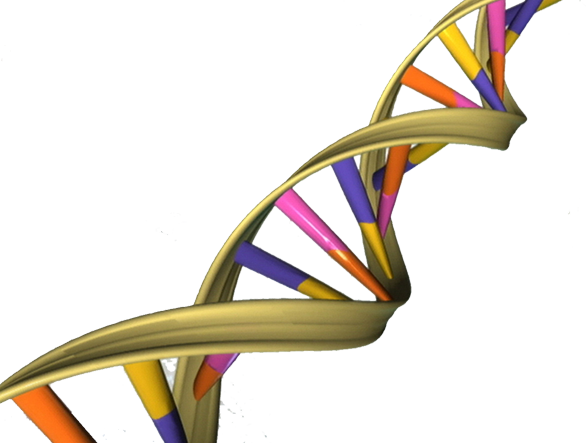 There is a great article over at Scientific American, titled Autism's Tangled Genetics Full of Rare and Varied Mutations.
There is a great article over at Scientific American, titled Autism's Tangled Genetics Full of Rare and Varied Mutations. The article talks about some recently published research on autism, in which families with only one autistic member were studied for genetic differences. They found that people with autism tended to have much more genetic mutations. The most interesting finding, to me anyway, was that the mutations that they found were extremely unique to the individual.
Specifically the SA article states,
"...new papers, which assessed the genomes of about 1,000 families that had only one autistic child, revealed that the genetic mutations that are likely responsible for the disorder are exceedingly rare—sometimes almost unique to an individual patient. Even some of the most common point of mutations were found in only about 1 percent of autistic children.
This finding means that the number of genes lurking behind autism spectrum disorder (ASD) is at least "in the hundreds," says Matthew State of Yale University's Program on Neurogenetics and co-author of one of the new studies. "That's a significant change from the '90s when it was [thought to be] five to 15." And getting a handle on such rare genetic mutations—even in the growing autistic population—is challenging."
 Which is very interesting from a scientific standpoint, but not so great for anyone looking to understand these disorders better. It certainly seems the more researchers dig into autism, the complexity of the problem expands exponentially.
Which is very interesting from a scientific standpoint, but not so great for anyone looking to understand these disorders better. It certainly seems the more researchers dig into autism, the complexity of the problem expands exponentially.The article also had another nice result from the study which attempted to explain the wide disparity between the diagnosis of boys compared to girls in the autism spectrum. The article explains
"In assessing such a large and diverse data set several of the studies all alighted on a genetic explanation for one of the most striking patterns in ADS: why at least four times as many boys than girls are diagnosed with the disease.
Girls, it seems, might better resist the development of autistic signs: Bigger genetic disruptions are necessary to cause ASD to manifest in girls than in boys, according to the new analyses. Girls might be better protected against autism-causing genetic anomalies, Vitkup suggests, because they tend to have stronger social inclinations than boys.
Although the ability of girls to withstand genetic mayhem might seem to predispose them to become silent carriers of autism, the new analysis shows that mothers were no more likely than fathers to pass on harmful mutations."
This seems surprisingly simple. It is well known that girls are more robust in their development of social and communication skills. So, the genetic reason for their greater social and communication skills somehow protects girls from the genetic mutations which more easily effect boys. Is there simply a masking effect because of their greater skill in understanding social situations? Or is there truly some sort of genetic defense happening in which girls have a higher threshold for genetic mutations cause autism? It remains to be seen, but this is some very exciting research.
No comments:
Post a Comment